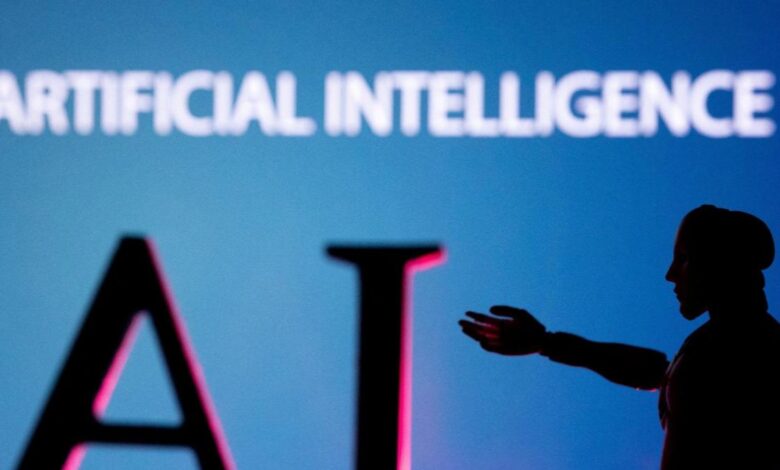The Upsides, the Downsides, and the Risks of Artificial Intelligence in Elections – Opinion News

By- Dr. Purushottam Kumar Arya & Manish Kumar Tiwary
As artificial intelligence (AI) continues to advance toward mimicking human capabilities, transitioning from generative artificial intelligence (GAI) to artificial general intelligence (AGI) has become increasingly significant in the realm of elections, such as ongoing polls in India. This evolution highlights the urgent need to address AI’s potential impact on electoral processes. Artificial general intelligence (AGI) is the conceptual stage of AI development where the system can understand, learn, and apply knowledge across a broad spectrum of tasks and domains, much like human intelligence. AGI seeks to emulate human cognitive functions, including reasoning, problem solving, perception, and comprehension of natural language.
The role of artificial intelligence
With respect to voter engagement, AI technologies are increasingly being deployed in the form of chatbots and virtual assistants. These AI tools interact directly with voters via social media platforms, offering timely information about candidates, party policies, and electoral processes. They also address voter queries in real time and encourage greater participation by simplifying the process of obtaining electoral information. This level of interaction not only enhances voter knowledge and engagement but also boosts overall turnout by making the electoral process more accessible and understandable. Finally, in ensuring the security and integrity of elections, AI plays a crucial role. It is employed to safeguard against various threats to electoral integrity, such as voter suppression tactics, manipulation of electronic voting systems, and the spread of misinformation. AI algorithms analyze vast amounts of data to identify unusual patterns and anomalies that could indicate fraudulent activities. By providing these capabilities, AI helps to maintain the transparency and fairness of the electoral process, ensuring that elections are both free and fair. This technological safeguarding is essential in upholding democratic values and the legitimacy of electoral outcomes. In response to controversies surrounding a manipulated video of Hon’ble Union Home Minister Amit Shah
The manipulation of electoral behavior through advanced technologies such as artificial intelligence (AI), particularly generative AI and artificial general intelligence (AGI), poses a significant risk to democratic processes. These technologies can be utilized to disseminate disinformation, create deepfake videos of political opponents to tarnish their reputations, and inundate voters with highly personalized propaganda, leading to widespread confusion and manipulation. The term “deep fake elections” describes scenarios in which AI software crafts convincingly realistic videos, audios, and other content that can mislead voters and sway their decisions, thereby threatening the integrity of elections and eroding public trust. A notorious instance illustrating these risks is the Cambridge Analytica scandal, where the political consulting firm used Facebook data to develop targeted political ads, significantly influencing voter behavior during the 2016 United States presidential election and other global campaigns. Additionally, AI tools are increasingly being employed to tailor political messaging and propaganda. These tools can automatically translate content into regional languages, enabling microtargeting strategies that pinpoint specific voter segments based on detailed demographic and psychographic data. This customization extends to adapting political campaigns to local dialects and demographic specifics of voter bases, further refining targeting precision. Misinformation and disinformation are highlighted as top concerns in the Global Risks Perception Survey of the World Economic Forum. Among the top 10 risks, these issues are exacerbated by the accessibility of advanced AI technologies. These technologies, which include everything from voice cloning to the creation of fake websites, provide user-friendly interfaces that facilitate the widespread production of false and “synthetic” content. This has led to a significant increase in the dissemination of misleading information.
The problem of misinformation has been exacerbated by the increase in AI technology, which has significantly accelerated the dissemination of fake news. As we approach the 2024 Lok Sabha
About the authors:
Dr. Purushottam Kumar Arya is Assistant Professor, Department of Commerce, Delhi School of Economics, University of Delhi.
Manish Kumar Tiwary (PhD Scholar, Jamia Millia Islamia).
Disclaimer: Views expressed are personal and do not reflect the official position or policy of Financial Express Online. Reproducing this content without permission is prohibited.



